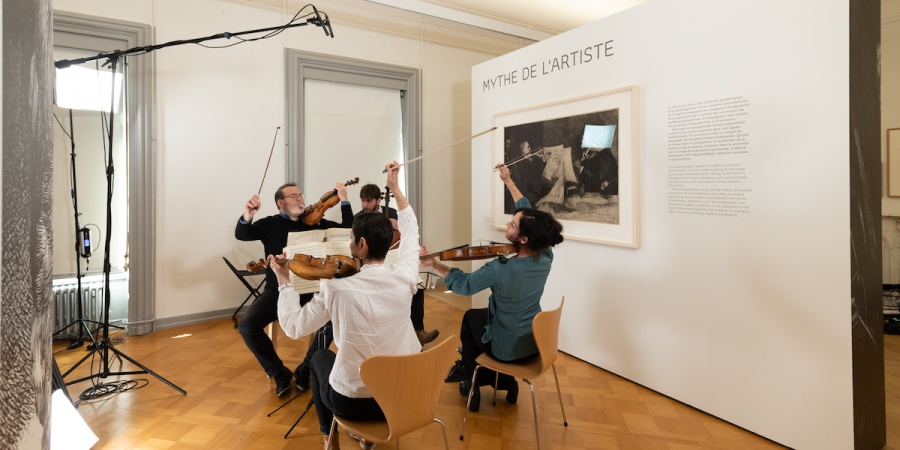RECORDING OF THE MONTH
Musicweb, RECORDING OF THE MONTH, novembre 2015
Auteur: Michael Greenhalgh
Franz SCHUBERT (1797 - 1828)
String Quartet No. 12 in C minor, D703, Quartettsatz (1820) [9:07]
String Quartet No. 15 in G major, D887 (1826) [48:17]
Quatuor Terpsycordes
rec. Saal 1, Funkhaus Nalepastrasse, Berlin, 9-12 April 2015. DDD
AMBRONAY AMY044 [57:31]
If you want to hear these Schubert string quartets on period instruments, Quatuor Terpsycordes here offer you this surprisingly rare opportunity. This brings a rawness and febrile quality to the Quartettsatz, the first movement of a quartet Schubert never completed. The chromatic lunges of its opening theme are nervy and spectral. The sweetness of the first violin’s second theme (tr. 1, 0:33) is slender and evanescent. The first violin’s rushing semiquaver ascents and crescendi capped by sforzandi in all four instruments are thrilling. In the repeat of the exposition the second theme seems more lyrical and assured and you appreciate the more the way the cello joins the first violin when the theme is repeated. The recapitulation of this theme and developed awareness of its scoring is treated with fine nuance. Throughout dynamic contrast and balance between the parts are sensitively and effectively realized. I compared the 2012 recording by the Wihan Quartet, not on period instruments but with the identical coupling (Nimbus NI 6221). The Wihans are a little slower than the Terpsycordes, taking 9:45 in comparison with 9:07. This makes more apparent Schubert’s interest in thematic transformation in this movement, the way variations of the two main elements coalesce as the exposition develops. This is still clear in the Terpsycordes' account, for example from 1:49 the combination of rustling in viola then cello, recalling the opening theme and lyricism of the first violin expanding that of the second theme. The fuller tone of the Wihans’ instruments and more forward recording creates bolder colours and greater tension. Yet the Terpsycordes’ crescendi are stormy and I liked the more personal, fragile lyricism of the first violin, greater sensitivity to contrasts of dynamic and subtler application of sforzandi as at 1:53 and 2:00.
The Terpsycordes' account of the first movement of String Quartet No. 15 is electrifying from the introduction in which a crescendo from piano to forte is followed by a fortissimo chord fully experienced. A pleading pianissmo first theme comes on the first violin to tremolando accompaniment, the theme taken over by cello, then vaunting flourishes from the instruments in turn. The second theme (tr. 2, 2:23) is contented where the first was questioning and the first violin breaks away at its repetition in delicate flight. In the second repetition the theme is the centre of a turmoil of activity, in the third musingly presented by the cello to a pizzicato accompaniment, in the fourth evoked in slender style by viola to silky, shadowy first violin aerobatics. Schubert is sometimes criticized for too much repetition of his themes but when the playing is as riveting as this, now powerfully loud, now eerily soft, you’re eager for the exposition repeat. In the development the first theme is sweeter and fuller. The rhetoric of its extrovert second phase works itself into a frenzy. The recapitulation finds the first theme more floridly presented, the second theme lighter but now with a counter melody by the cello to bring a touch of dignity, only to be subverted by a first violin aerial dance. The Terpsycordes give a breathtaking performance in which the many contrasts of dynamic and manner are perfectly executed.
Admittedly the Wihans, timing at 22:17 against the Terpsycordes’ 19:56, take more account of the Allegro molto moderato marking. There isn’t much molto with the Terpsycordes but this produces greater spontaneity. Their second theme in particular dances in an offhand, relaxed manner where the Wihans’ begins more like an elder accustomed to calming things down and the first violin nervily slithers above its repeat where the Terpsycordes’ gracefully glides. To the development (11:29) the Terpsycordes’ first violin brings a brighter take on the first theme than the light musing of the Wihans and the viola’s contribution is more evenly balanced than the more powerful Wihan viola. The Terpsycordes excel in the soft passages, such as the fine sotto voce elaboration of the first theme by the first violin in the recapitulation. The Wihans provide more exciting verve and drama in the loud passages.
The slow movement is a dramatization of alternating moods. Marked Andante un poco mosso it isn't that slow and the Terpsycordes, timing at 10:41 are a little more than un poco than the Wihans at 12:39. The result is the opening mood of the cello melody has a philosophic eloquence with sweet accompaniment. The second mood (tr. 3, 2:44) plunges everyone into a brainstorm with first violin and viola protesting interjections at the ends of phrases hanging in the air. Yet the opening melody returns unfazed, first violin sympathetically elaborating the cello theme and the mood becoming sweeter and more consolatory. The violent mood returns to be dispelled by the playful yet determined elaboration of the most rhythmic yet inconsequential feature of the original melody which duly reappears alternating between E major on first violin and E minor on cello. The Terpsycordes present all this with great clarity and vividness but at the same time a certain analytical objectivity, so you feel the two moods are those of one personality struggling to manage their incompatibility. The Wihans’ steadier approach makes the opening melody a more gaunt lament, dripping emotion, the accompaniment more claustrophobic. Their second mood is more deliberate and rhetorical with the first violin and viola interjections like punches. Their return of the first mood has a weary sorrowing, that of the second is of an unheeding discipline.
For me the Terpsycordes give an ideal account of the Scherzo and Trio which is stimulating and disturbing in equal measure. The Scherzo appears to be of a feathery lightness but the sudden surge of sound at the end of its first section shows the energy in reserve which soon returns in the second section and becomes more prominent. With the Terpsycordes’ startling realization of the dynamic contrasts you become aware that the graceful and the violent are two sides of the same character. A fine contrast is also found in the Trio, a Ländler turned into a lullaby or perhaps recollection of one, trance like in its formality and sense of order. In the second strain you notice how the instruments echo phrases as if embracing one another in companionship. In the Scherzo every instrument is delivering urgently with the others or there are brief snatches of frantic echoing of motifs. With their fuller tone and a closer miked recording the Wihans’ Scherzo, albeit vivid and exciting, lacks the extreme dynamic range of the Terpsycordes and therefore their sense of tension and grateful relief. The Wihans’ Trio has bucolic homeliness but its emphasis on progression, while revealing the emotion, doesn’t allow for the Terpsycordes’ contrast of relaxation.
With the Terpsycordes in particular the finale seems an extension of the Scherzo, more playful and madcap yet still with an undercurrent of frenzy: a moto perpetuo with vigorous surges of contrasting dynamics the norm. Early in the development the first violin (tr. 5, 2:17) breaks out in a scatterbrain solo, yet all displayed with great softness and delicacy like a series of conjuring tricks. There’s a brief, total contrast in the stately stability of a chorale like theme, but the first violin soon deflates that. The Wihans’ first violin is sweeter but more controlled and in the Wihans’ neat delineation of structure the sense of headlong fantasy the Terpsycordes bring is absent. Played on period instruments the Terpsycordes’ account is harmonically more pungent and in line more modern, more twentieth century. Their entire performance is a revelation.
Michael Greenhalgh
article online: http://www.musicweb-international.com/classrev/2015/Nov/Schubert_quarte…

